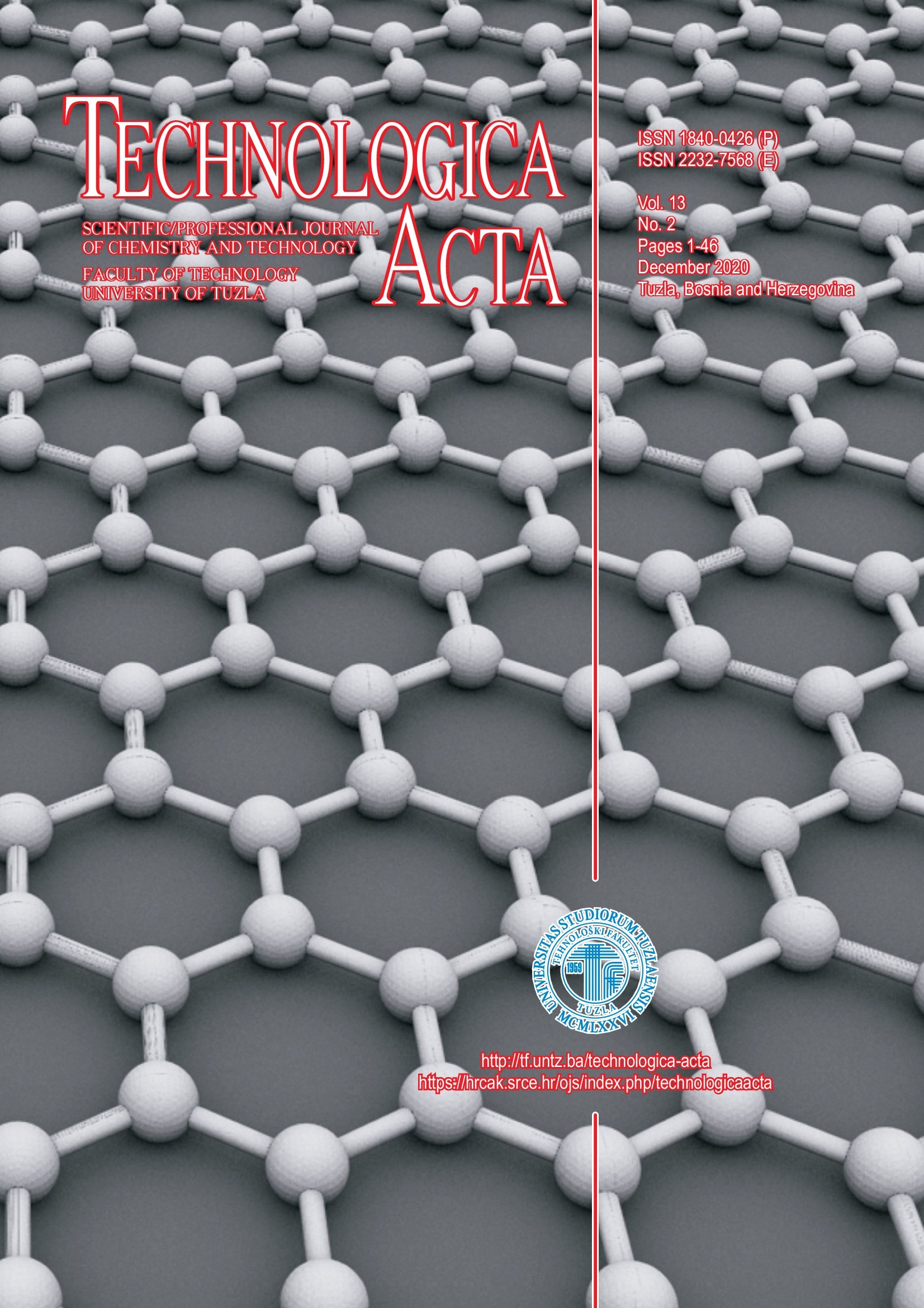Lemon balm (Melissa officinalis L.) leaves pre-drying by using low energy laser beam
Keywords:
pre-treatment, drying, laser power, water content, lemon balmAbstract
A laboratory laser beam drying method for lemon balm (Melissa officinalis L.) is presented. The aim of this study was to determine the possibility of using lasers as a pre-treatment for drying the lemon balm leaves and also to determine the variation of water content during the treatment. Leaves were illuminated from one side during a period of 180 s with 100 mW and 200 mW lasers. Both sources of coherent light were in the red part of the visible spectrum with wavelengths of 650 nm. Freshly harvested lemon balm leaves with 75.64% of water content were used for the analysis. Low-energy laser beam treatment for a period of 180 s resulted in the reduction of water content of 0.307% for 100 mW laser treatment and 0.31% for the 200 mW laser treatment. Amounts of energy emitted by low energy lasers are relatively small. Therefore, lasers thermal influence is negligible so it can be concluded that laser activity on lemon balm leaves is based solely on biostimulation. The proposed method allows effective reduction of water content without causing damage to the plant material. For practical application, dryers with integrated laser diode network were proposed. Low energy coherent radiation treatment represents an inexpensive and environmentally safe method that does not pollute the environment. This method also provides close control of the process, and in spite of the greater cost of energy, the overall increase in drying efficiency and throughput can bring about significant economic savings.


